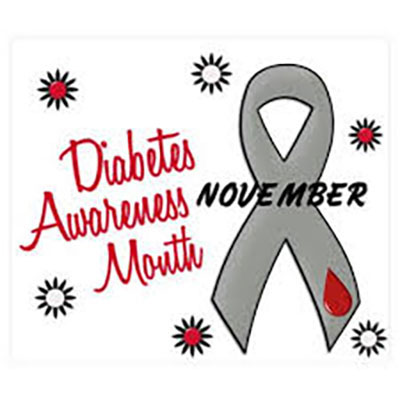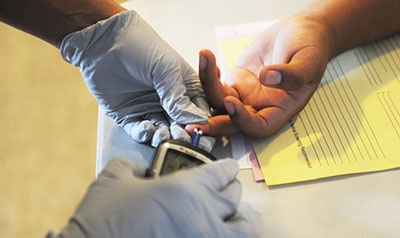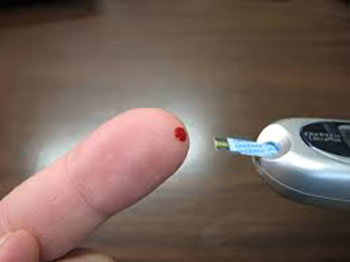November is National Diabetes Month, which gives college students a chance to become educated on the disease and how to prevent it in the future because they too can be affected.
 According to the American Association of Diabetes Educators, 30.1 million people have diabetes. Anyone can develop diabetes, even college students and younger children. The American Diabetes Association website states out of 2.3 million college freshman enrolling in school, 7,700 will have type 1 diabetes.
According to the American Association of Diabetes Educators, 30.1 million people have diabetes. Anyone can develop diabetes, even college students and younger children. The American Diabetes Association website states out of 2.3 million college freshman enrolling in school, 7,700 will have type 1 diabetes.
The National Institute of Diabetes and Digestive and Kidney Diseases (NIH) states that diabetes is a disease where the body does not make enough insulin to carry the glucose to the cells in the body, which creates high glucose levels.
There are two main types of diabetes; type 1 and type 2. According to the NIH, people with type 1 diabetes need to take insulin daily because their body’s immune system attacks the cells in the pancreas, which makes insulin. In this case, someone would need insulin shots, which move sugar from the blood into other body tissues where it is used for energy, according to Medline Plus.
Type 1 diabetes is usually genetic, whereas type 2 is often based on a person’s lifestyle. Type 2 diabetes occurs when people do not generate enough insulin in their bodies, according to the American Diabetes Association. This is the most common form, but is preventable through a healthy diet and physical activity.
Knowing the symptoms of diabetes is important to stop further risk from the disease. The American Diabetes Associations lists common symptoms which include the following:
- Extreme fatigue
- Blurry vision
- Cuts are slow to heal
- Feeling very hungry when eating
- Weight loss, even when eating more- type 1
- Numbness in hands or feet- type 2

When the symptoms listed above are caught early, the risk for future damage decreases.
Risk for diabetes can increase with age, but this is not always the case. Because type 2 diabetes risk can increase from weight gain, high cholesterol, and high blood pressure, students should stay active, eat healthy, and stay at a healthy weight to lower their chance of type 2 diabetes.
According to NIH, about one out of three Americans are prediabetic. If students are concerned they are at risk for prediabetes, they can be tested on the American Diabetes Association or NIH website. Through these websites, anyone can construct a diet plan or read more about fit options towards a healthier lifestyle.
For more information, students can visit the American Association of Diabetes website and the National Institute of Diabetes and Digestive and Kidney Diseases website.


























































